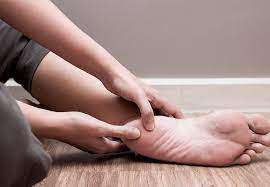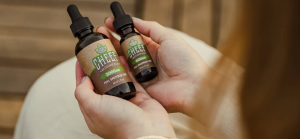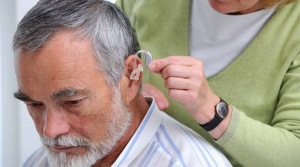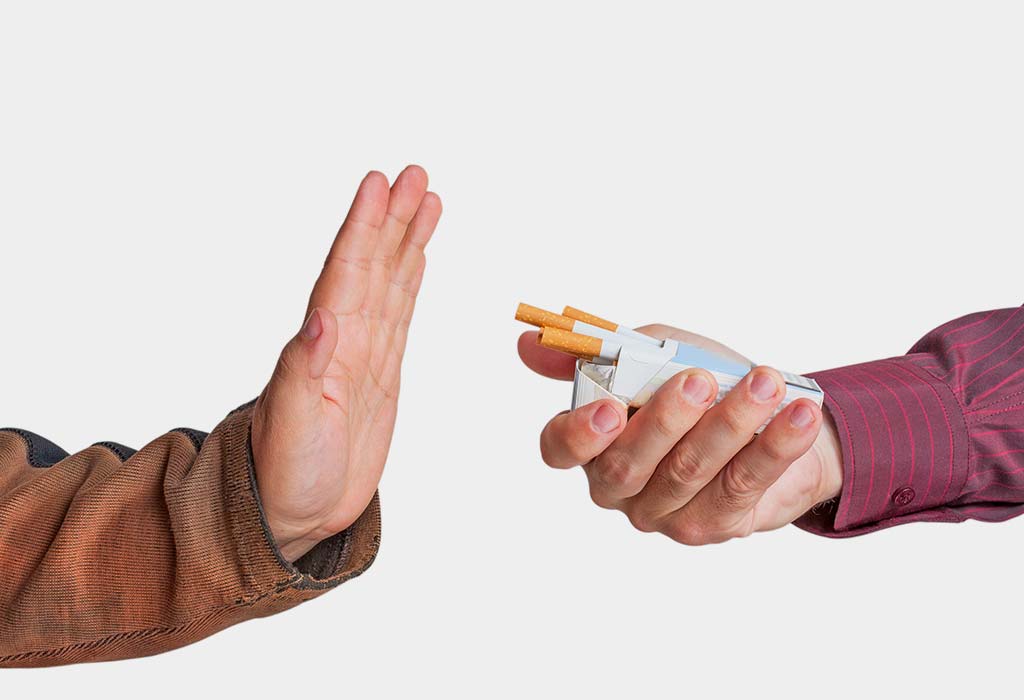Plantar fasciitis causes chronic discomfort in the bottom of your heel or the bottom of your foot. While it may appear to be inflammation, it is a degenerative condition involving the tissue that joins your toes to your heel bone. Plantar fasciitis is common in runners, and those with flat feet, and high arches, are overweight or spend a lot of time on their feet.
It may take 6 to 12 months for your foot to heal. However, you can help your foot heal faster by doing the following at home:
Rest: Keeping weight off your foot is critical until the inflammation subsides.
Ice: This simple approach to alleviating inflammation may be used in various ways.
Wrap a towel over a plastic bag packed with crushed ice or a package of frozen corn or peas to produce an ice pack. Apply it to your heel three to four times daily for 15 to 20 minutes.
Alternatively, fill a shallow pan halfway with water and ice and soak your heel for 10 to 15 minutes daily. Keep your toes out of the water at all times.
Another approach is to freeze a small paper or foam cup filled with water. Then, for 5 to 10 minutes, massage it over your heel. Never apply ice to your heel.
Pain killers: Nonsteroidal anti-inflammatory medicines (NSAIDs) can relieve pain and inflammation in your foot.
Exercising and stretching: Stretch your calves, Achilles tendon, and foot bottom. Perform workouts to strengthen your lower leg and foot muscles. This can assist in stabilising your ankle, relieve pain, and prevent the recurrence of plantar fasciitis.
Athletic tape: Tape can support your foot and protect it from shifting in ways that aggravate plantar fasciitis.
Inserts for shoes can provide extra cushion and support and are also known as insoles, arch supports, or orthotics. They are available over-the-counter (OTC) or custom produced. In most cases, OTC inserts will produce comparable outcomes while being less expensive. However, when choosing one, firmer is better – ensure it has adequate arch support.
Magnetic insoles to aid with plantar fasciitis may also be advertised. However, according to research, they do not function.
Cupped heels. Your heel strikes the ground with each stride, putting strain on your plantar fascia. These heel-shaped shoe pads may be beneficial. They lift your heel to ease strain and provide more cushioning. They don’t always work as well as inserts, but they’re a low-cost choice to try.
Splints for the night. The plantar fascia and Achilles tendon is shortened when we sleep with our feet pointed down—wearing night splints while sleeping keeps your feet at a 90-degree angle. So, you get a decent, consistent stretch while sleeping rather than shortening your plantar fascia.
They can be bulky, but they perform quite effectively. You can remove them once the pain has subsided.
Walking boot or cast Typically, your doctor will recommend a walking cast or boot, also known as a controlled ankle motion (CAM) walker, only if all other therapies have failed. The cast or CAM walker forces you to rest your foot, which might help with pain relief. However, it is not a cure. The pain may recur once the cast is removed. That implies you’ll also require other treatments, such as insoles and stretching.
Can Plantar Fasciitis Be Prevented?
Once your foot feels better, you can make a few lifestyle changes to help prevent the recurrence of plantar fasciitis. These are some examples:
Reduce your weight. You may put additional pressure on the bottom of your feet if you are overweight or obese. Plantar fasciitis can result from this pressure.
Choose shoes that provide adequate support. Replace your sporting shoes regularly. Avoid wearing high heels.
Avoid walking barefoot on hard surfaces. This includes the first few steps you take when you get up in the morning. Plantar fasciitis is common at this time. As a result, you should have some supportive footwear near your bed.





